Software
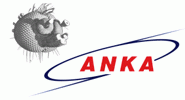
ANKAphase
ANKAphase processes X-ray inline phase-contrast radiographs by reconstructing the projected thickness of the object(s) imaged. The tool uses a single-distance non-iterative phase-retrieval algorithm described in a paper by D. Paganin et al. J. Microsc. vol. 206 (2002). It has an easy-to-use graphical user interface and can be run either as a standalone application or as a plugin to ImageJ. It works on powerful clusters but also on your office laptop.
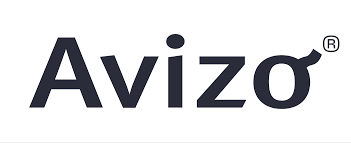
Avizo
3D analysis software for scientific and industrial data. Different application areas: Materials Science, Quality Assurance in Industrial Environments, Electronics, Digital Rock Analysis etc. It enables users to perform interactive visualization and computation on 3D data sets. The Avizo interface is modelled on the visual programming. Users manipulate data and module components, organized in an interactive graph representation (called Pool), or in a Tree view. Data and modules can be interactively connected together, and controlled with several parameters, creating a visual processing network whose output is displayed in a 3D viewer. With this interface, complex data can be interactively explored and analyzed by applying a controlled sequence of computation and display processes resulting in a meaningful visual representation and associated derived data.
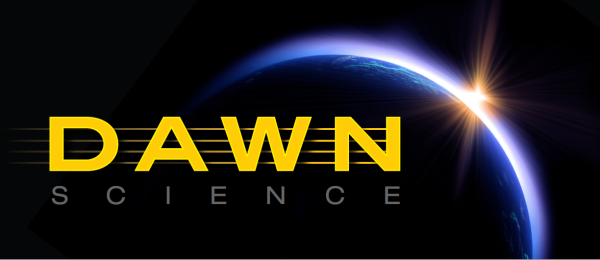
DAWN
DAWN, the Data Analysis WorkbeNch, is an Eclipse based application for scientific data analysis. It comes with a range of tools for visualization (1D, 2D and 3D), code development environments (for Python, Jython and Eclipse plug-ins) as well as processing workflows with visual algorithms for analyzing scientific datasets. It is primarily developed at Diamond Light Source, but external contributions are most welcome! DAWN is distributed freely and is released under the Eclipse Public License.

FabIO
FabIO is a Python library for reading and handling data from 2-D X-ray detectors. FabIO provides a function for reading any image and returning a FabioImage object which contains both metadata (header information) and raw data. All FabioImage objects offer additional methods to extract information about the image and open other detector images from the same data series.
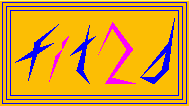
FIT2D
FIT2D is a general purpose 1 and 2 dimensional data analysis program. It is used for both interactive and "batch" data processing, and is used for different purposes. Calibration and correction of detector distortions is one of the main uses of FIT2D. Difficult data analysis problems may be tackled using fitting of user specified models. To enable model fitting to be performed on a wide variety of input data, many other more basic data analysis operations are also available. A wide variety of performant graphical display methods are available.
idltomo
a graphical user interface to manage tomography data preprocessing, reconstruction and visualizaton based upon IDL and PyHST packages.
nabu
Nabu is a tomography processing software being developed at ESRF by the ADA Unit. It is part of the new ESRF tomography software suite. The European Synchrotron has several tomography beamlines. Each of them use dedicated software, which over the years led a variety of different tools spread over the beamlines with poor maintainability. This is summarized in ESRF current situation for tomography software. Nabu is an effort to unify tomography software in a new toolkit with the following requirements: Library of tomography processing, with “applications” built on top of it, usable by both non-experts and power-users High performance processing (parallelization with Cuda/OpenCL, computations distribution, memory re-use) Support of multiple techniques, not only absorption and phase contrast Extensively documented Focus on maintainability with a bus factor greater than one Compatible with ESRF legacy software, progressively replacing it Nabu does not aim at being the new universal tomography reconstruction software. Well-established software like Astra, tomopy, Savu and UFO have an extensive set of features. Nabu foremost focuses on ESRF needs, while being designed so that it can be re-used in other projects.

Pore3D
Pore3D is a software toolbox for quantitative analysis of three-dimensional images. The core of Pore3D consists in a set of state-of-the-art functions and procedures for performing filtering, segmentation, skeletonization and quantitative analysis of three-dimensional data. Although three-dimensional data can be produced by several techniques (for instance: magnetic resonance, x-ray scattering or confocal microscopy), the library was developed and optimized for micro-CT (Computed Tomography) data. Pore3D features are available through the high-level scripting environment IDL. Pore3D has been tested with IDL 64-bit from versions 6.4 to 8.5.
PyHST2
Hybrid distributed code for high speed tomographic reconstruction with iterative reconstruction and a priori knowledge capabilities. PyHST2 (formerly known as PyHST) has been engineered to sustain the high data flow typical of the third generation synchrotron facilities (10 terabytes per experiment) by adopting a distributed and pipelined architecture. The code implements, beside a default filtered backprojection reconstruction, iterative reconstruction techniques with a-priori knowledge. The latter are used to improve the reconstruction quality or in order to reduce the required data volume and reach a given quality goal. The implemented a-priori knowledge techniques are based on the total variation penalisation and a new recently found convex functional which is based on overlapping patches.
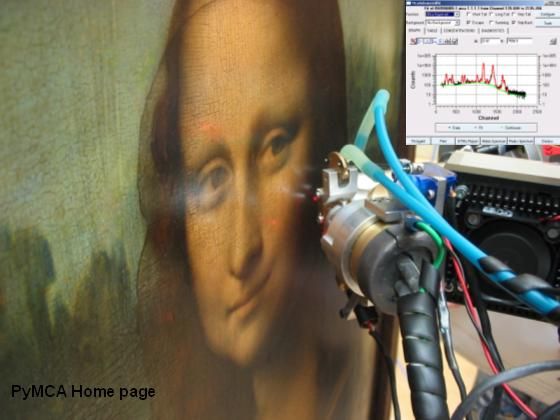
PyMca
X-ray Fluorescence Toolkit (visualization and analysis of energy-dispersive X-ray fluorescence data). . The program allows both interactive and batch processing of large data sets and is particularly well suited for X-ray imaging. Its implementation of a complete description of the M shell is particularly helpful for analysis of data collected at low energies. It features, among many other things, the fundamental parameters method

silx
The silx project aims at providing a collection of Python packages to support the development of data assessment, reduction and analysis applications at synchrotron radiation facilities. The purpose is to deliver reading/writing of different file formats, data reduction routines and a set of Qt widgets to browse and visualize data.
SYRMEP Tomo Project (STP)
SYRMEP Tomo Project (STP) has been developed for the users of the SYRMEP beamline of the Elettra synchrotron facility (http://www.elettra.eu) to perform the digital image processing required by parallel beam propagation-based phase contrast CT experiments. The underlying idea is to let users perform post-beamtime optimization, fine tuning and/or additional tests with common hardware at their home institution. The software has been also developed for teaching and educational purposes. SYRMEP Tomo Project is available only for Windows 64-bit machines.
XRDUA
software package developed by the Antwerp X-ray Imaging/Instrumentation Laboratory (AXiL) at the University of Antwerp. Its main purpose is to automate the processing of two dimensional x-ray diffraction images from scanning micro-XRPD or micro-XRPD tomography. It accepts images from flat area detectors and allows correction, calibration and modeling (Rietveld, Pawley, Pattern Decomposition). The primary goal is to visualize crystalline phase distributions in projection (2D scanning) or in a virtual cross section (tomography) of the object under investigation. Apart from the amount of material, structural properties and their changes within the object can be calculated and visualized as well.
- ← Previous
- 1
- Next →

